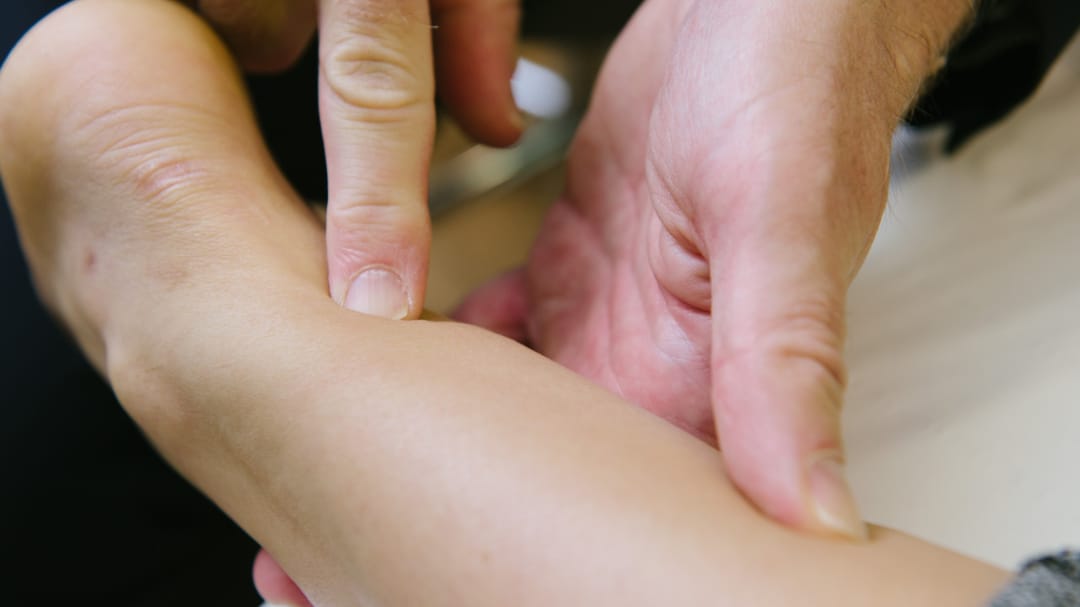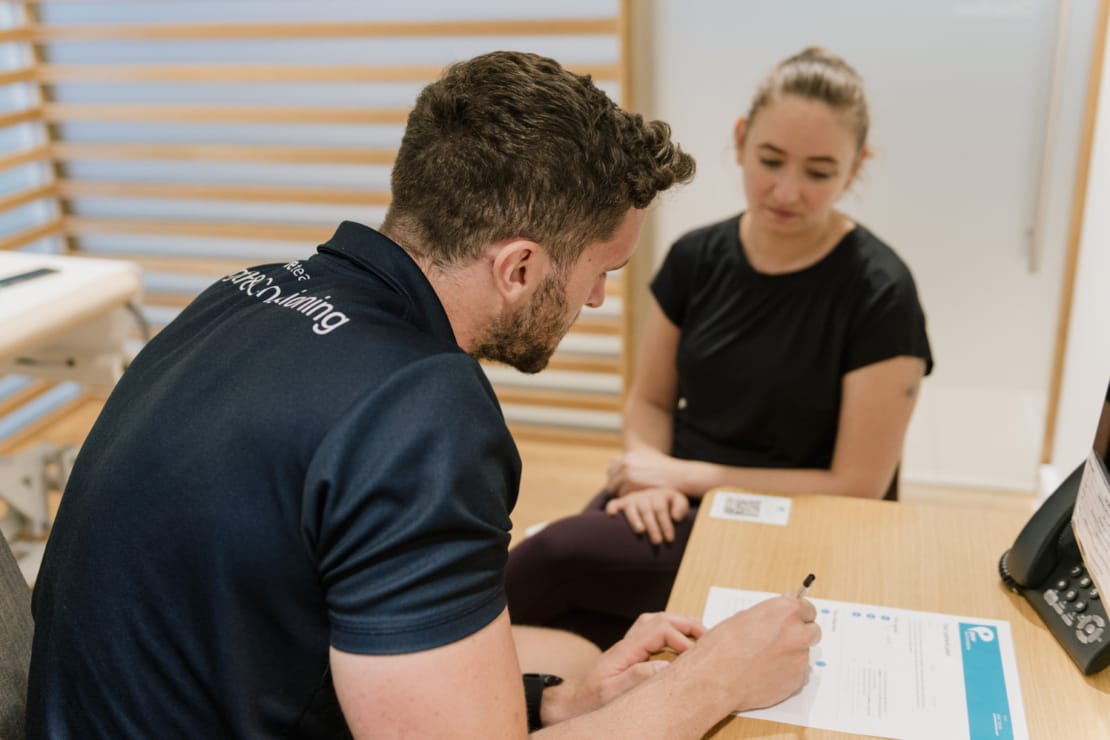Is Your Injury Due to Under-Preparing Rather Than Over-Training?

Pure Sports Medicine
- 1 May, 2017
- Exercise
- 2 min read
Is Your Injury Due to Under-Preparing Rather Than Over-Training?

During certain points in the year, it is tempting to enjoy a break and then hit your training doubly hard come the New Year or season. But before you do, take a look at these snippets of advice to help you stay injury-free next season.
In the past, we’ve hosted a workshop with world renowned Sports Scientist and Performance Coach Tim Gabbett, discussing the science and practice of training loads. Here are five insights to help with managing your training load:
1. You need to prepare yourself for the demands of your sport
Map out the demands of your sport or event. If your sport involves an average of 200m of high speed sprints, but you sometimes have to do 300m, you are going to have to train so that your body is prepared for 300m to minimise the risk of injury.
If you are going to be completing a mountain stage of the Tour de France, for example, then you will have to focus on being able to do hours of hill climbing in your training. It sounds simple, but many people fall into the trap of doing non-specific training with limited value to achieving their goal.
2. Load isn’t necessarily the problem; it’s how you get there
Historically, loading – whether that be running, throwing, or serving a tennis ball – has been seen as a villain when it comes to injury. Tim’s work, and that of other groups around the world, suggests that it is more likely that spikes in load, rather than high loads, are the best predictors of injury.
If you leave your triathlon or marathon training until 3 months out from the event and quickly ramp up the miles, it makes sense that your injury risk is going to be higher than someone who has been gradually building their miles over the last 9 months.
As such, injuries may not be arising due to overuse, but in fact may be due to under-preparation.
3. Plan, plan, plan!
Ensure you have adequate time to allow for a gradual increase in your training load in order to prepare you for these demands that you have mapped out. It takes time (i.e. months) to build strength and cardiovascular fitness necessary for the high demands of sports and endurance events. A strength and conditioning coach can prescribe a tailored training program to help get you there most effectively.
4. Plan some more – make time for recovery
Soft tissues, bones and your brain all need time to recover from training sessions. Implement recovery strategies and rest days to allow you to push on with your training schedule. This will allow you to increase the intensity of your training sessions and make more consistent progress. Sometimes, less is more!
5. Listen to your body
If you pick up an injury, get it assessed promptly so that you can adjust your training accordingly to minimise the de-training effects of injury and ensure that you are able to recover as quickly as possible. There are usually plenty of activities you can continue with even if your injury prevents you from participating in your chosen training method.
There are many factors that may influence injury – including genetics, previous injury history and biomechanics – but there is more and more evidence that being fit, strong and flexible and not doing ‘too much too quickly’ is a recipe for success and reduces the likelihood of picking up injury.

Advice
Over the last 20+ years our experts have helped more than 100,000 patients, but we don’t stop there. We also like to share our knowledge and insight to help people lead healthier lives, and here you will find our extensive library of advice on a variety of topics to help you do the same.
OUR ADVICE HUBS See all Advice Hubs

